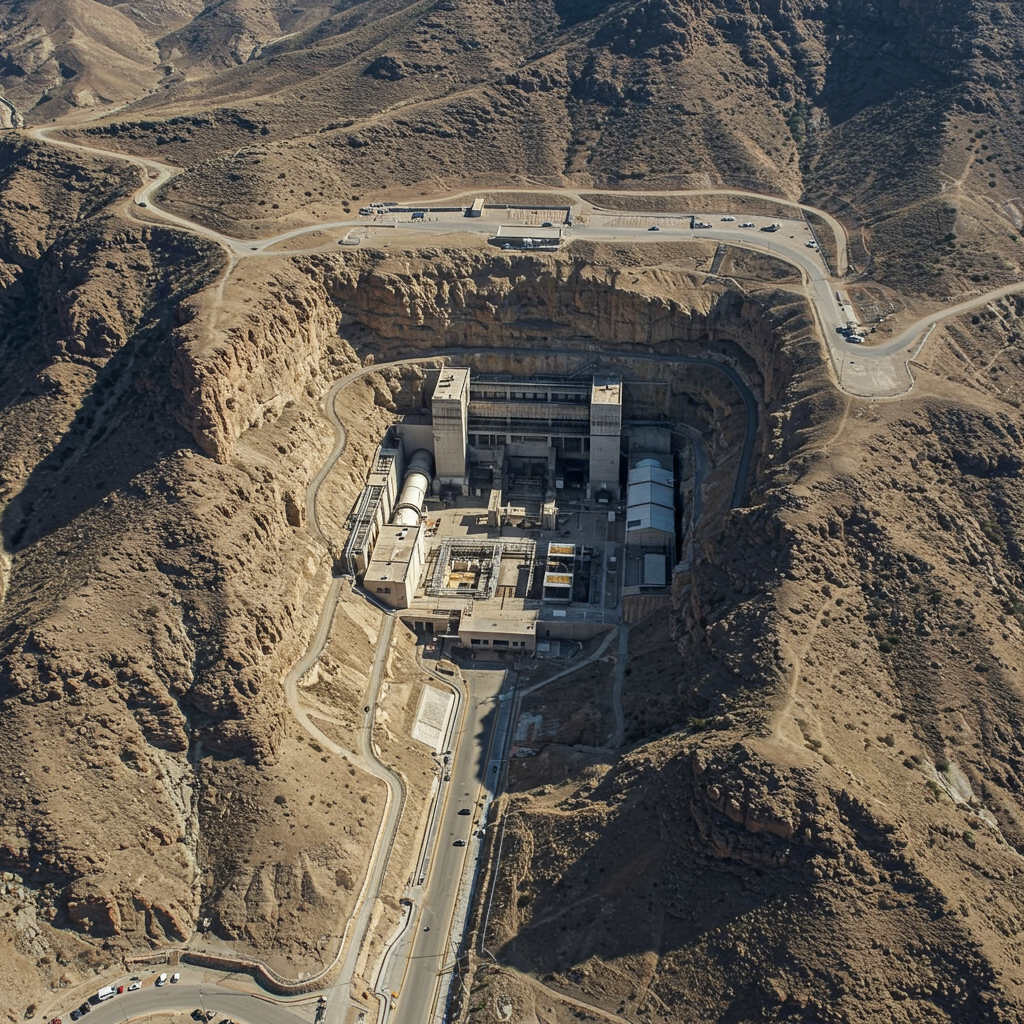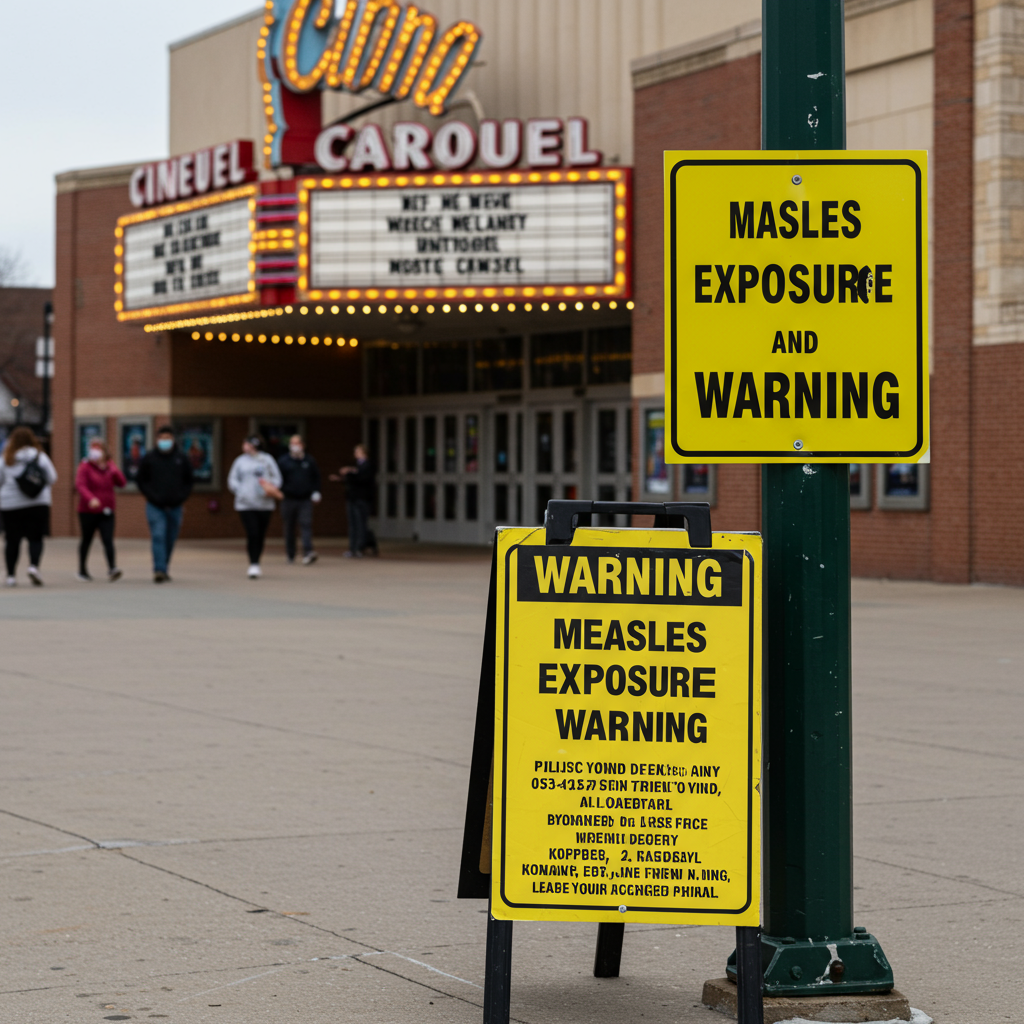Hidden deep within a mountainside south of Tehran lies Iran’s Fordo uranium enrichment plant. This highly secretive facility is considered vital to Iran’s nuclear ambitions, yet it poses an almost insurmountable challenge to military planners, especially those in Israel seeking to counter Tehran’s nuclear program.
While Iran maintains that Fordo serves a purely civilian purpose, intelligence agencies and experts have long believed its location and design point to a different objective. According to some analyses, the site was conceived as a protected location for “nuclear weapons hedging,” designed to safeguard crucial centrifuge cascades in the event of attacks on other facilities. Its original structure, a series of tunnels used by the Islamic Revolution Guard Corps, lends credence to its defensive posture.
What Makes Fordo So Protected?
Situated approximately 60 miles (96km) south of the capital near the city of Qom, Fordo’s primary defense is its depth. The facility is built deep inside the rugged northern Iran mountains, specifically designed to withstand conventional air strikes. Unlike Iran’s other major enrichment site at Natanz, which is thought to be about 20 meters (65ft) underground and has sustained significant damage from previous attacks (potentially via power disruption methods that destroyed thousands of centrifuges), Fordo is believed to be located a staggering 80-90 meters (262-295ft) below the surface.
The complex itself is thought to consist of two main tunnels housing centrifuges and a network of smaller connecting tunnels. Above ground, access is restricted by fencing with a single checkpoint, and six entrance tunnels lead down to the underground operations. There is also a large support building and a road connecting to a nearby support site.
The Challenge of Penetrating Fordo
This extreme depth presents a unique military challenge. Causing meaningful damage requires a specialized “bunker buster” munition capable of penetrating far beneath the surface. While Israel possesses bunker busters, their penetration depth is estimated to be less than 10 meters (33ft) – nowhere near what would be needed for Fordo.
Only the United States is widely believed to possess a conventional weapon potentially powerful enough: the GBU-57 Massive Ordnance Penetrator (MOP). This immense bomb weighs 13,600kg (30,000lb) and is designed to penetrate hardened targets. Experts estimate the MOP can breach about 18 meters of reinforced concrete or up to 61 meters of earth before exploding.
However, even the MOP’s impressive capabilities may not be sufficient. Given Fordo’s estimated depth of 80-90 meters, it could still lie beyond the destructive reach of the US’s most powerful non-nuclear bunker buster, particularly considering how heavily reinforced the underground tunnels likely are. Military analysts note that Iran would design such a facility specifically to withstand known ordnance specifications, raising the question of whether Fordo is engineered to be “beyond the reach” of even the MOP.
Concerns Over Fordo’s Activities
Beyond its physical resilience, Fordo is a major source of concern due to the activities believed to be taking place there. The facility is known to house advanced IR-6 centrifuges, capable of enriching uranium much faster than older models. More significantly, the International Atomic Energy Agency (IAEA) reported finding uranium particles enriched to nearly 84% purity at Fordo in early 2023 – a level very close to the 90% required for weapons-grade uranium. Experts interpret such findings as evidence that Iran may be “experimenting” with achieving higher enrichment levels for potential military purposes.
The site also suffers from a significant lack of transparency regarding its operations, a problem exacerbated by Iran’s reduced cooperation with international inspectors since the US withdrew from the nuclear deal. This lack of clear oversight, combined with reports of apparent expansion at the site and Iran’s growing stockpile of enriched uranium, fuels international anxieties.
The Potential for US Involvement
Destroying Fordo via a kinetic strike appears to hinge entirely on US military capability, specifically the B-2 stealth bomber, which is the only US aircraft capable of carrying the 6.2-meter-long MOP bomb. Any such strike would necessitate direct US involvement, a move that could dramatically escalate tensions and widen the conflict in the Middle East.
While the US has supported Israel defensively by helping intercept incoming missiles, it has not yet participated in offensive strikes on Iran. However, recent analysis suggests the US could be preparing for a wider role. Significant movements of US military planes, including KC-135 aerial refuelling tankers used to support bombers and fighter jets, to Europe have been observed, interpreted by experts as “highly suggestive” contingency planning for potential “intensive combat operations” in the region.
The political considerations for the US are complex. While some leaders may express a desire to avoid direct military intervention, past statements from figures like former President Donald Trump, who once said his patience with Tehran “had already run out” and he was considering strikes, highlight the volatile nature of the situation.
Ultimately, Iran’s Fordo facility represents a unique and challenging strategic puzzle. Its deep underground location renders it virtually immune to most military action, while the potential need for a US strike with the MOP – a weapon whose effectiveness against Fordo is itself uncertain – raises the stakes dramatically. Coupled with concerning activities like near-weapons-grade uranium enrichment and a lack of transparency, Fordo remains a critical focal point in the ongoing international concerns over Iran’s nuclear program.



